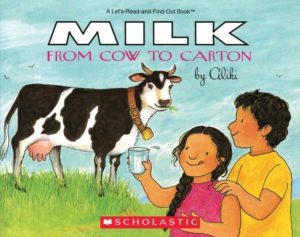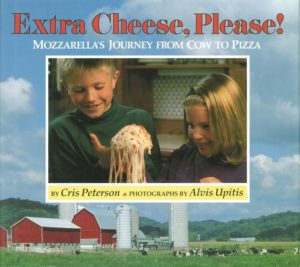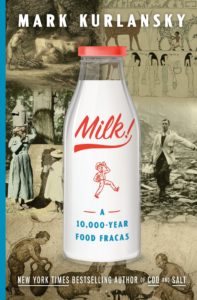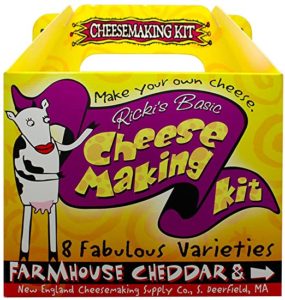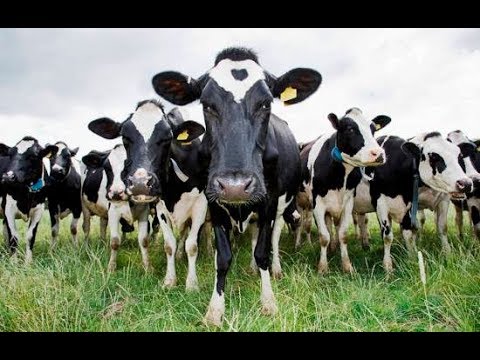
|
Gail Gibbons’s brightly illustrated The Milk Makers (Aladdin, 1987) is a straightforward step-by-step account of the milk-making process, from cow to glass. For ages 4-9. |
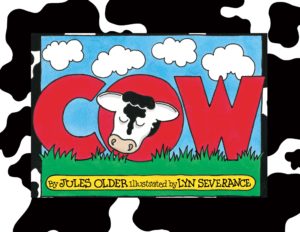
|
Jules Older’s humorous 32-page Cow (Charlesbridge Publishing, 1998) looks like an ad for Ben & Jerry’s – the art is by Ben & Jerry’s veteran Lyn Severance – but it’s filled with real facts about real cows, including breeds of cows, the names of the cow’s four stomachs, how calves are born, a bovine quiz, and (a yummy tangent) how to make an ice cream sundae. For ages 5 and up. |
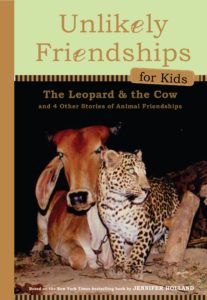
|
In Jennifer Holland’s photo-illustrated Unlikely Friendships for Kids series, the title story in The Leopard & the Cow (Workman Publishing, 2012) is the tale of a young leopard cub, adopted by an Indian cow. For ages 5-8. |
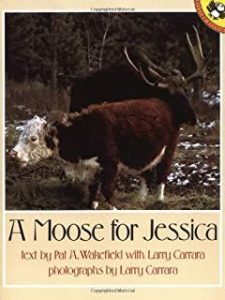
|
Pat Wakefield’s A Moose for Jessica (Puffin, 1992) is the photo-illustrated story of a young bull moose – later known as Josh – who wandered into a cow pasture and became attached to a cow named Jessica. For ages 7-12. |
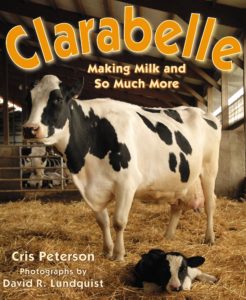
|
Cris Peterson’s photo-illustrated Clarabelle: Making Milk and So Much More (Boyds Mills Press, 2007) is set on a dairy farm in Wisconsin, where Clarabelle lives with 1200 other cows. The book describes all the basics of cow physiology, milk-making, and dairy farming – readers learn that Clarabelle produces 15 gallons of milk a day, which goes to make an array of other products, such as cheese, butter, ice cream, and yogurt. And not only that: Clarabelle and pals also generate electricity, fertilizer, and compost. For ages 8-11. |
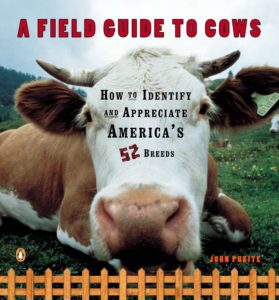
|
Learn to identify all 52 American breeds of cows! John Pukite’s A Field Guide to Cows (Penguin Books, 1998) has illustrations, statistics, cool cow trivia, and general information on each featured breed of cow. (We have a copy in the car.) Fun for all ages. |
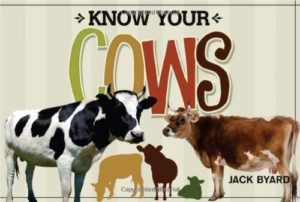
|
Jack Byard’s Know Your Cows (Fox Chapel Publishing, 2012) is an illustrated and alphabetical guide to cow breeds, from Ayrshire to White Park. All ages. |
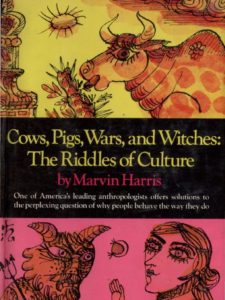
|
Marvin Harris’s Cows, Pigs, Wars and Witches (Vintage, 1989) is a fascinating study in anthropology, explaining the economic and social underpinnings of traditional cultural beliefs. Find out, for example, why Hindus have sacred cows. For teens and adults. |








